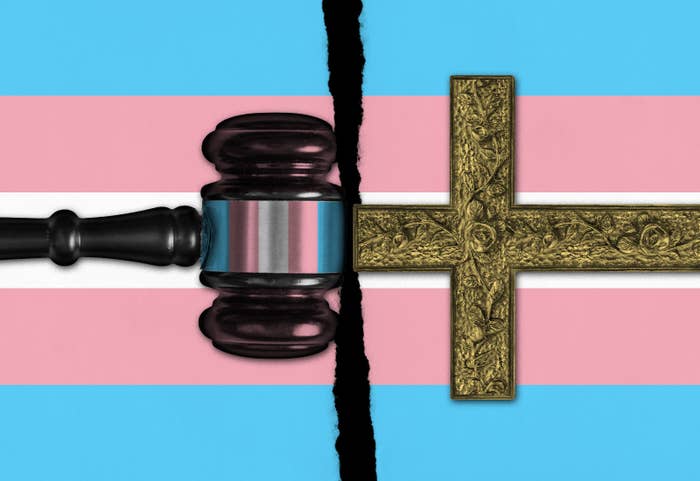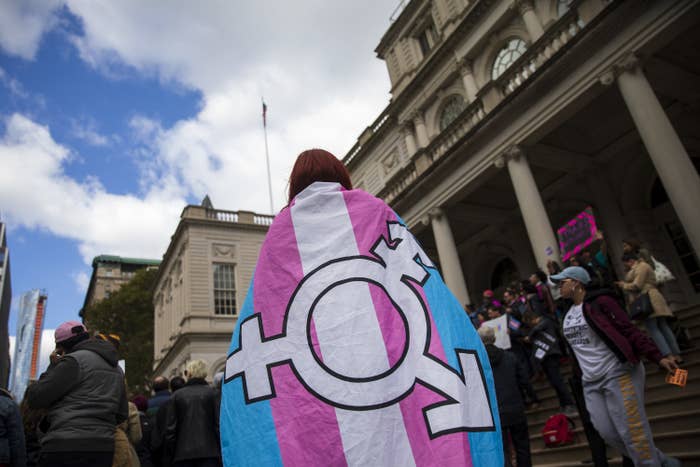A South Korean doomsday church linked to thousands of coronavirus cases is being sued for $82 million in damages
Rosie Perper

The Shincheonji Church of Jesus and its controversial founder, Lee Man-hee, were accused of hindering Daegu's lockdown efforts and leading to thousands of infections spread by churchgoers.
Over 5,000 of South Korea's recorded coronavirus cases have been linked to the fringe religious group.
The South Korean city of Daegu is suing a doomsday church for 100 billion won ($82 million) in damages. At present, over 5,000 of South Korea's recorded coronavirus cases have been linked to the religious group.
According to the Korea Herald, the city filed the civil suit with the Daegu District Court last week against the Shincheonji Church of Jesus and its controversial founder Lee Man-hee.
The city accused the fringe religious group of hindering its lockdown efforts and leading to thousands of infections spread by churchgoers, according to the Herald. It is seeking financial compensation equal to about two-thirds of the city's coronavirus-related spending.
The church was set up by Lee in 1984 and has grown to nearly 250,000 members, mostly in South Korea. A member of the group's Daegu congregation was confirmed to have been infected with the novel coronavirus on February 18, though at the time, the church continued to hold large gatherings despite guidelines in place. Within two weeks, over 2,000 cases of the virus were linked to the church.
At the beginning of South Korea's coronavirus outbreak, it was considered to be the worst-hit nation other than China, with a majority of its new cases linked to the Shincheonji Church of Jesus.
According to CBS News, Daegu has spent large sums of money trying to stem the outbreak and estimated that the total financial loss from the outbreak was $121 million. City officials said the church did not hand over a complete list of all of its members, making it difficult to track the virus, though the church has blamed "human error" for the miscount, CBS said.
In March, the mayor of the South Korean capital of Seoul sued the group for "murder" and "injury." Lee publicly apologized for the group's role in the virus spread in response, saying that it is a "great calamity," Reuters reported.
As of Wednesday, South Korea has reported 12,535 cases and 281 deaths.
Lee Man-hee, leader of the Shincheonji Church of Jesus, speaks during a press conference at a facility of the church in Gapyeong, South Korea, on March 2, 2020. POOL/AFP via Getty Images
The South Korean city of Daegu is suing a doomsday church for 100 billion won ($82 million) in damages.
The South Korean city of Daegu is suing a doomsday church for 100 billion won ($82 million) in damages.
The Shincheonji Church of Jesus and its controversial founder, Lee Man-hee, were accused of hindering Daegu's lockdown efforts and leading to thousands of infections spread by churchgoers.
Over 5,000 of South Korea's recorded coronavirus cases have been linked to the fringe religious group.
The South Korean city of Daegu is suing a doomsday church for 100 billion won ($82 million) in damages. At present, over 5,000 of South Korea's recorded coronavirus cases have been linked to the religious group.
According to the Korea Herald, the city filed the civil suit with the Daegu District Court last week against the Shincheonji Church of Jesus and its controversial founder Lee Man-hee.
The city accused the fringe religious group of hindering its lockdown efforts and leading to thousands of infections spread by churchgoers, according to the Herald. It is seeking financial compensation equal to about two-thirds of the city's coronavirus-related spending.
The church was set up by Lee in 1984 and has grown to nearly 250,000 members, mostly in South Korea. A member of the group's Daegu congregation was confirmed to have been infected with the novel coronavirus on February 18, though at the time, the church continued to hold large gatherings despite guidelines in place. Within two weeks, over 2,000 cases of the virus were linked to the church.
At the beginning of South Korea's coronavirus outbreak, it was considered to be the worst-hit nation other than China, with a majority of its new cases linked to the Shincheonji Church of Jesus.
According to CBS News, Daegu has spent large sums of money trying to stem the outbreak and estimated that the total financial loss from the outbreak was $121 million. City officials said the church did not hand over a complete list of all of its members, making it difficult to track the virus, though the church has blamed "human error" for the miscount, CBS said.
In March, the mayor of the South Korean capital of Seoul sued the group for "murder" and "injury." Lee publicly apologized for the group's role in the virus spread in response, saying that it is a "great calamity," Reuters reported.
As of Wednesday, South Korea has reported 12,535 cases and 281 deaths.








